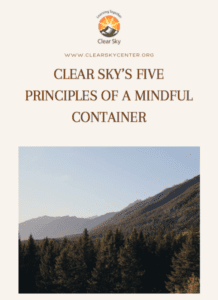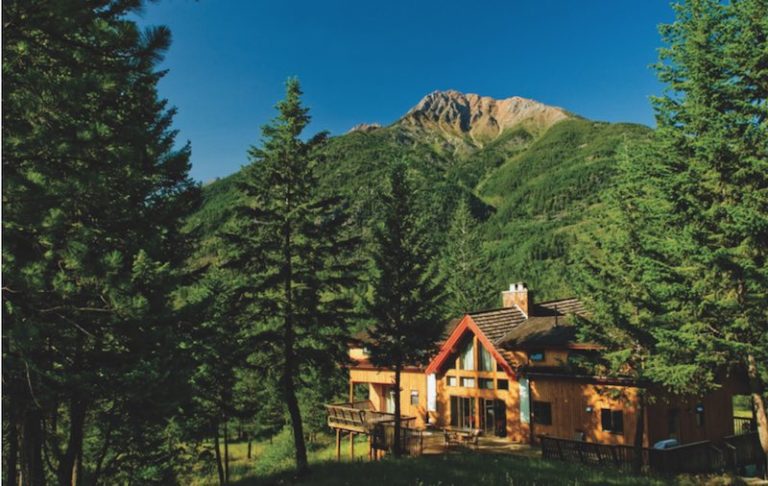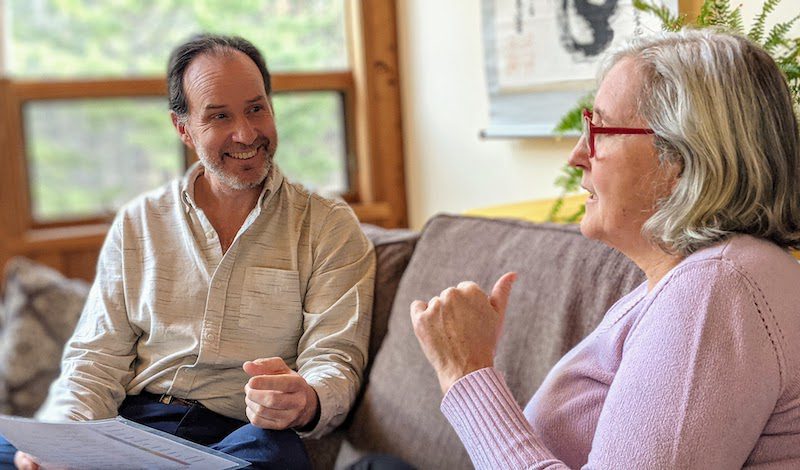How will this support my mindfulness practice?

Until I learned to ask the question, “how will this support my mindfulness practice” in everything I do, I had a really frustrating time. In fact, I had two patterns that drove me crazy.
First, I’d practice with great enthusiasm for three or four days and get some momentum. Then I’d tail off, forgetting my meditation for three or four days, and falling into old habits instead. I’d hit a low and feel discouraged. Then finally I’d think to myself “Okay, I’ve got to get back to it!” and then restart a frustrating cycle that never seemed to shift.
Second, somehow my meditation felt separate from the rest of my life. It just didn’t permeate or transform my work life, values, relationships, my communication or habits, in the way that I thought and hoped it would. My meditation and the rest of my life seemed like two totally different worlds and I had no idea how to bring them together.
I’ve found both these frustrations to be very common. I’ve lost count how many people have said to me, “I really need to get back to my meditation practice”, or “I really should practice more mindfulness, I really need it”!
So how do we shift this frustration and develop a more consistent, alive and integrated mindfulness or meditation practice? To answer this, I’d like to tell a story.

How will this support your mindfulness practice?

Back in 2004, we bought Clear Sky Meditation Center. As part of that, I had a great opportunity to learn from people more experienced than myself about how to apply the power of mindfulness.
First, I watched how we created an amazing space for mindfulness practice. From the beginning, as we got new furniture and decorated, or as we set up the daily rhythms and routines, we were always asked how it would support people’s mindfulness practice. We tried to create an environment that’s beautiful, open and spacious. That’s in tune with the land we are on. And that really supports people to be present, to re-connect, and to deepen their meditation practice.
Now I see people arrive here from busy city lives, and they just fall into the space with a big “aaaahh!”
Applying mindfulness around us
Second, I watched how the teachers and senior students at that time brought an incredibly compassionate mindfulness and sense of inquiry to everything around us. For example, Catherine Sensei, one of Clear Sky’s founding teachers, started asking about the land we were on, talking to our new neighbours, and meeting people in our local community. She learnt that Clear Sky is a grasslands environment, which is endangered in British Columbia, and that people call where we live the Serengeti of North America because of its diversity of wildlife. In this same environment, ranchers for several generations have tried to make a livelihood. Then, we drop a 310 acre meditation center into the mix!
The conflicting uses of our land raised complex topics about our values, about how we should best relate to our neighbours, the wildlife, the ecosystem, the local community. I learnt a lot from how we brought kindness, curiosity, and thoughtful awareness to this exploration – and to everything else, from fences and kitchen menus, to budgets and to how to build conscious community.
An ah-ha moment

For me, this was truly novel. I was used to my on-off meditation practice, and not really applying and integrating it into my life. It blew me away, this model of applying thoughtful, compassionate awareness to our environment and to everything around us.
Later, as we reflected on this amazing, integrated, clear place we’d created, we gradually “reverse engineered” five key principles. These five principles help create a supportive environment for growth. And they provide a framework for how we can manifest and integrate mindfulness into our lives.
The big ah-ha, then, was to realize we can apply these principles everywhere – at home, at work, in how we structure our days, in our relationships, our communication, our values. Yes, even to my own life!
Bringing it home
Coming back to where we started, the lessons I learnt from working with our teachers and students at Clear Sky Meditation Center was something I could apply right into my own life, and this spoke to those long-running frustrations of inconsistent practice that didn’t really touch the core of my day-to-day life.
I find it amusing that I needed to co-create a mindfulness retreat center to realize the importance of creating a supportive environment in my own life for my spiritual journey. And to learn how to bring thoughtful, kind, compassionate awareness to everything around me. When the light bulb finally went on, it delighted me to find a tremendous shift in my life. At last, I found my daily mindfulness practice becoming consistent and alive. And I found an ever-deepening inter-weaving throughout my day of meditative insights and activity.
5 Simple Tips To Try At Home
It’s a deep journey towards integrating mindfulness throughout our lives. Along the way, we’ll find periods of struggle and periods of great insight and change. Having said this, there are some very simple ways to start. Here are a few easy but powerful tips that we’ve found even people have practiced mindfulness for a while may have skipped over.
- Identify a time of the day where you can consistently have 10-15 minutes of quiet time, and could expand up to 30
- Find a location to practice – a separate room, or special corner of the room. Make it clean and inviting.
- Ask your family/people living in the same space for their support
- Find a friend or group to practice with (here are some of our local groups)
- Pick a room where you live where you spend lots of time. Sit quietly there for a while breathing. Then mindfully look around. What are the qualities of the space? How much does the space support clarity, calm, and joy? What could you change to make it a more supportive space for being more mindful?
 By Duncan Cryle
By Duncan Cryle
Alongside his Clear Sky work, Duncan holds a director position at a large software company where he also runs a volunteer global mindfulness program to 1000s of employees. He was formerly one of the pioneers of IBM’s mindfulness movement.
Edited by Andrew Rogers
Duncan is co-creator and co-teacher of our Integrating Mindfulness: Tools for Holistic Living online course, starting Sept 11, 2021.
He is also a guide and one of the chief architects of our onsite Three Month Intensive Program.


